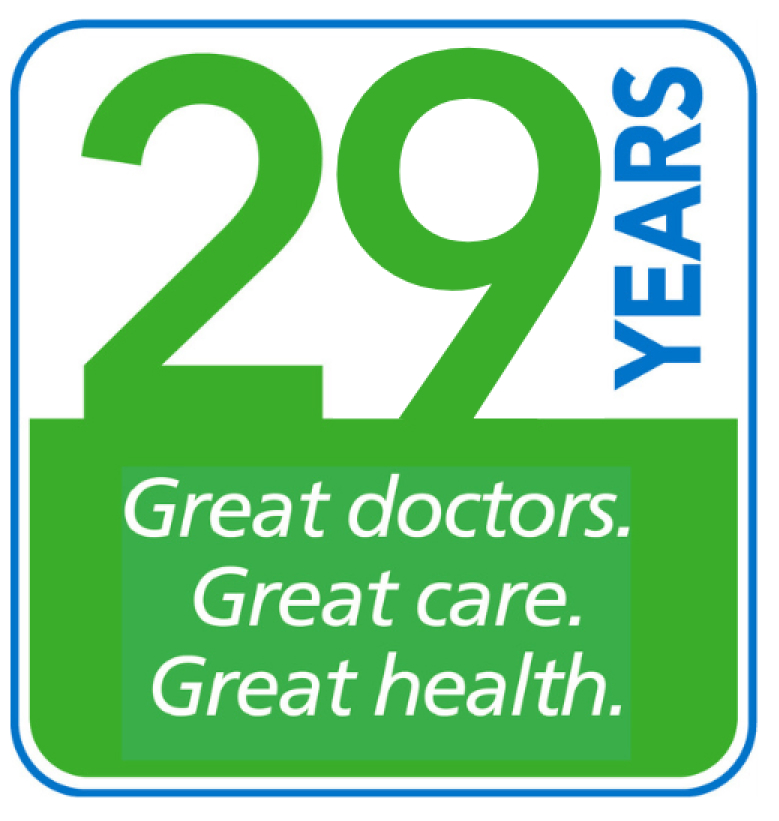With summer in full swing, tick activity is ramping up here in the DMV. Whether you’re hiking, gardening, or even just spending more time outdoors, it’s important to protect yourself and your family (including pets) from tick bites and the illnesses they can transmit.
How Can I Prevent Ticks?
The best way to avoid tick-borne diseases is to prevent bites in the first place. If you have pets, talk to your vet about tick prevention for animals. Dogs and cats can carry ticks indoors, even if they’re mostly indoor animals. The CDC recommends following these few strategies for humans:
- Use insect repellant containing ingredients like DEET, picaridin, IR3535, Oil of Lemon Eucalyptus (OLE) on exposed skin and clothing. You can also treat gear or clothing with products containing permethrin, which remains protective even after washing.
- Wear protective clothing: long sleeves, long pants tucked into socks, and light colored clothes to help spot ticks more easily.
- Avoid brush areas with high grass or bushes, and stick to the trails when hiking.
- Check for ticks daily, especially after time outdoors. Focus on hidden spots and crevices like the scalp, behind the ears, underarms, around the waist, and behind the knees. Shower soon after being outdoors.
Are Insect Repellants Safe to Use?
Yes. For most people, insect repellants are safe to use as directed. The CDC and EPA both approve ingredients like DEET, picaridin, and Oil of Lemon Eucalyptus for use on your skin. Always be sure to follow instructions and avoid applying it near eyes, mouth, or open wounds.
What Do I Do If I Find a Tick?
If you find a tick attached to your skin, don’t panic. Follow these steps from the CDC’s tick removal guidelines:
- Use fine tipped tweezers to grab the tick as close to the surface of your skin as possible.
- Pull upward with steady, even pressure. Avoid twisting or jerking the tweezers, as this can cause parts of the tick to break off in your skin.
- Dispose of the live tick by either placing it in a sealed container, flushing it down the toilet, submerging it in alcohol, or wrapping it tightly with tape. Never crush a tick with your fingers.
- Clean the bite area and your hands with soap and water, rubbing alcohol, or hand sanitizer.
Can I Try to Burn Off a Tick?
No. Despite what you may see online, you should never try to burn off a tick using heat or any other method. According to the Mayo Clinic, using matches, lighters, or hot objects can actually increase the risk of infection by causing the tick to release more saliva into your skin. Stick to safe removal with normal tweezers.
When Should You See a Doctor About a Tick Bite?
Most tick bites are harmless, but some ticks do carry diseases like Lyme Disease. According to the National Institute of Health (NIH), you should talk to your MPCP physician if you:
- Develop a rash, especially if it’s bullseye or circular in shape.
- Experience any flu-like symptoms, such as fever, fatigue, headache, or muscle aches within a few weeks of getting bit.
- Aren’t sure how long the tick was attached on your skin.
Be Tick Smart This Summer
By starting a few simple precautions when outside, you can enjoy your summer activities with peace of mind. Know how to prevent tick bites, check for ticks regularly, and act quickly if one is found. And, if you’re ever unsure or start noticing symptoms, make an appointment to speak with your MPCP physician.





